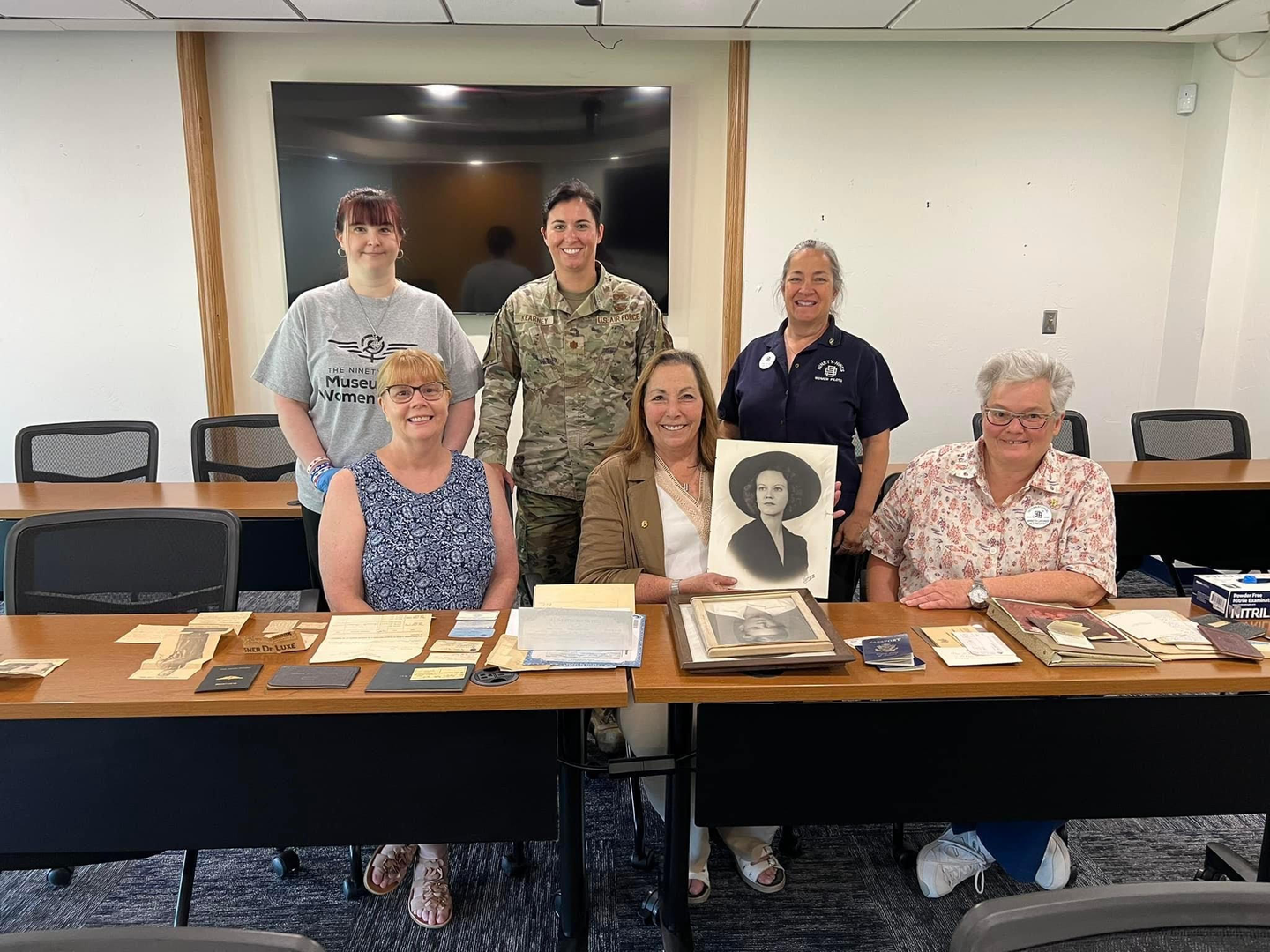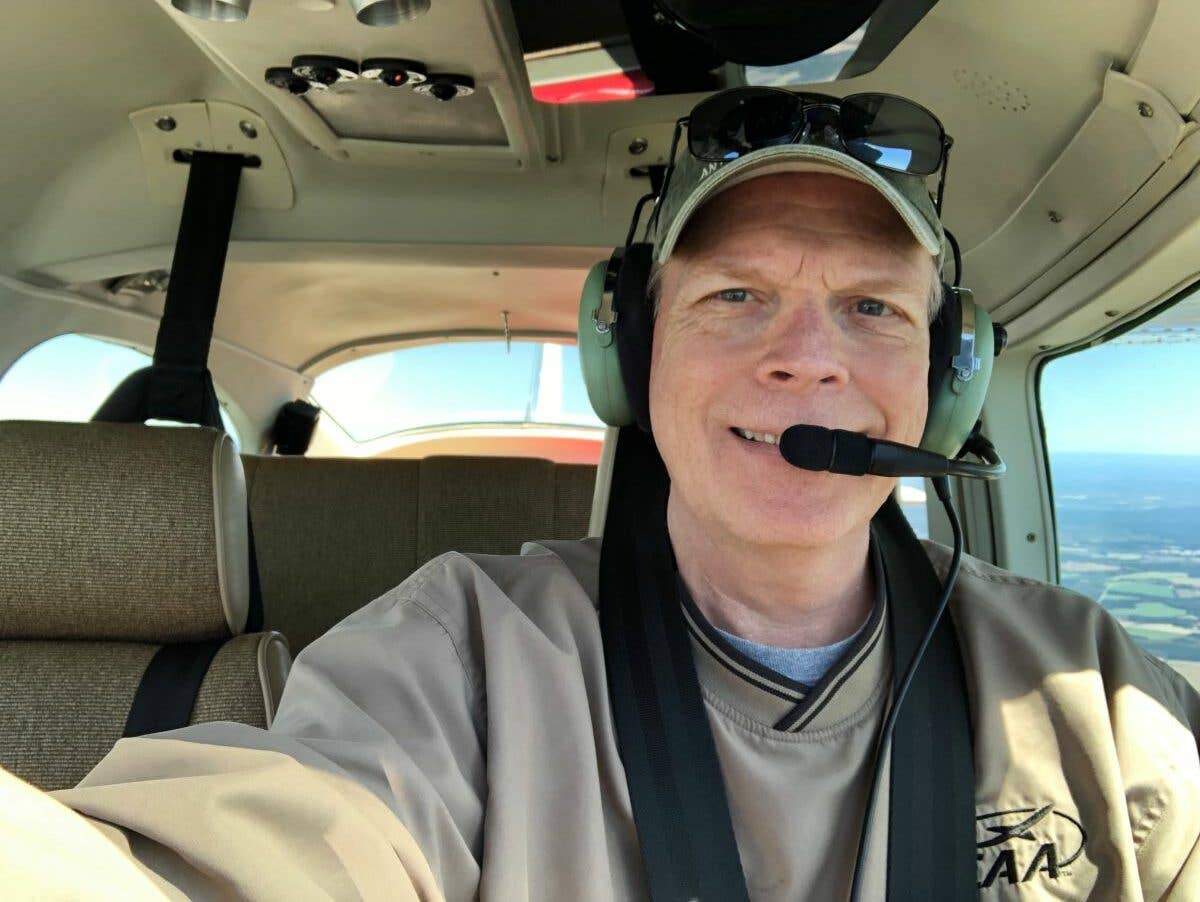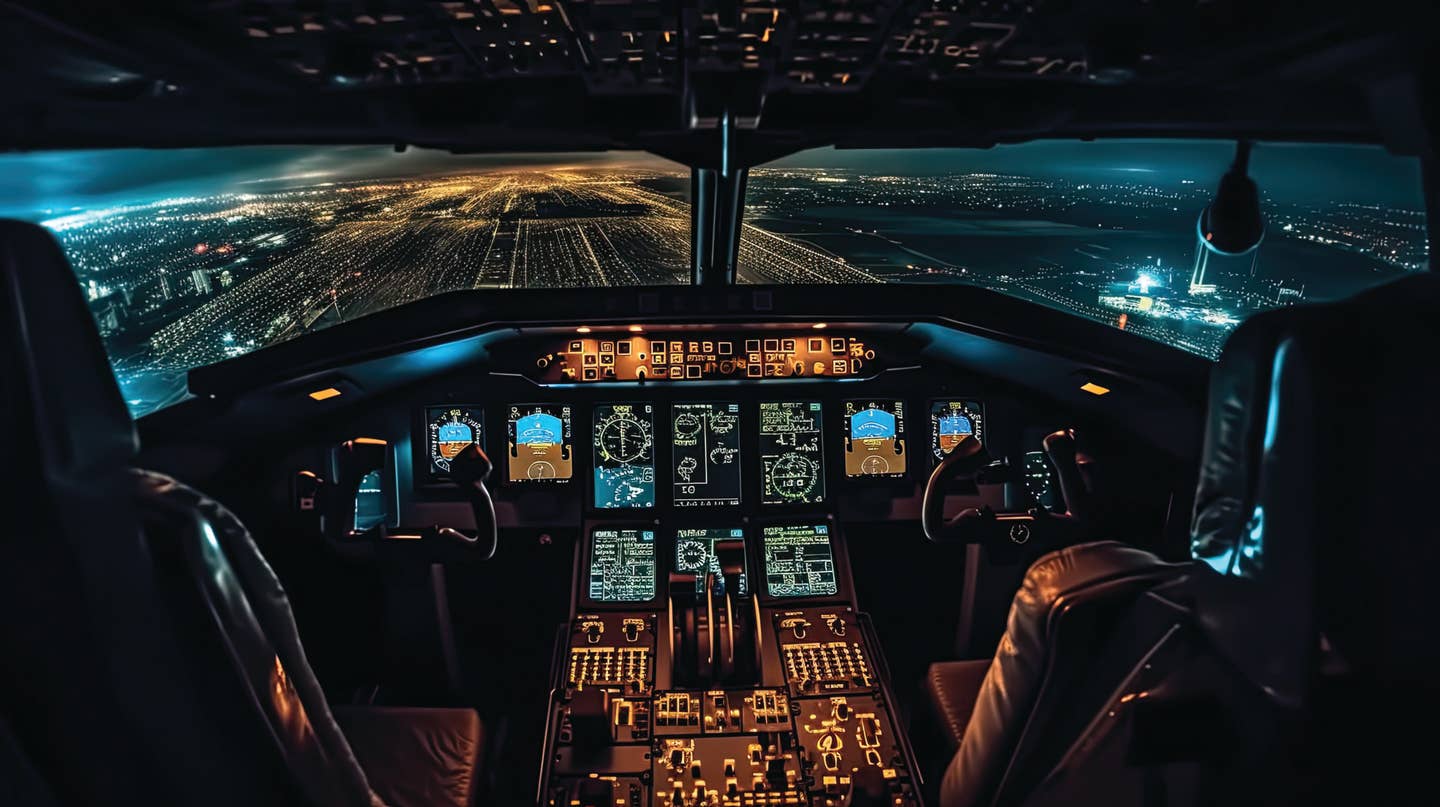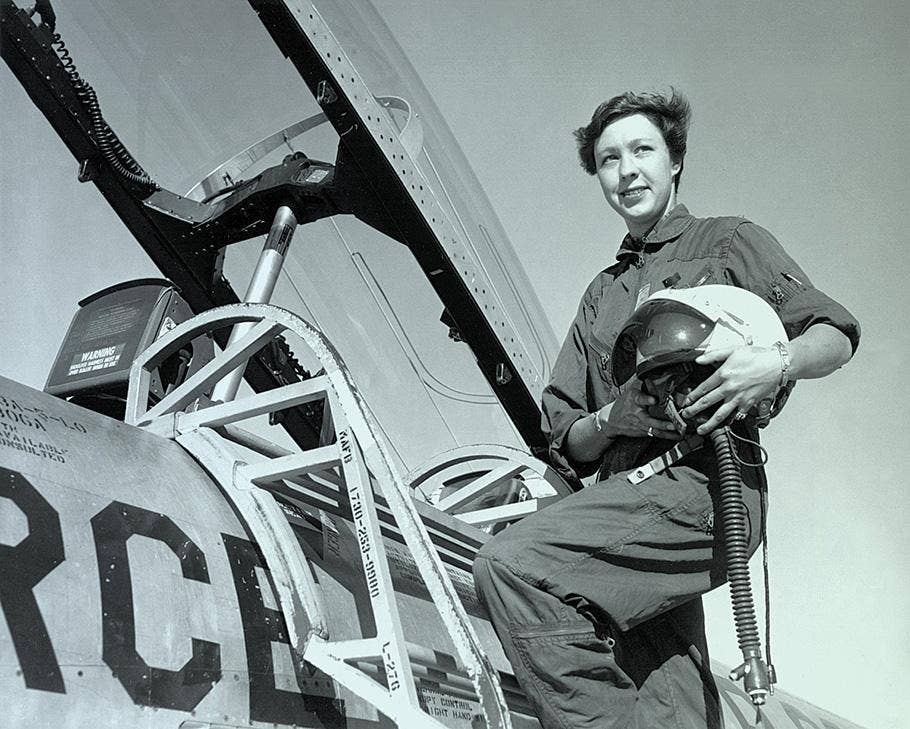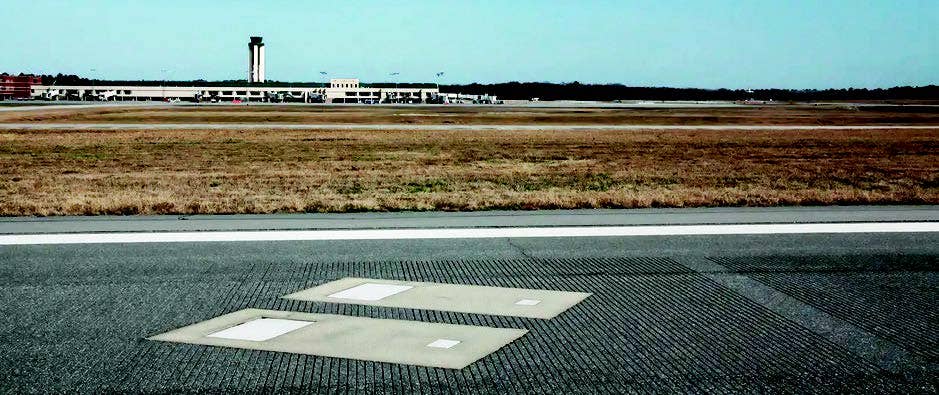
The FAA could require AMEs to administer some form of a more detailed mental health test for airline pilots. [Adobe Stock]
On October 23, 2023, Horizon Air Flight 2059, departing from Everett, Washington, en route to San Francisco, diverted to Portland, Oregon, because of a bizarre and alarming in-flight emergency. An authorized jumpseat rider, Alaska Airlines captain Joseph Emerson, had reached up to the overhead panel in an attempt to pull both of the Embraer 175’s fire handles. Among other functions, activation of the handles would have resulted in the fuel being cut off from the engines.
The Horizon Air pilots’ immediate response to Emerson’s shocking act averted a serious emergency situation. They are to be commended. Conducting a dual engine failure checklist for real is not a walk in the park.
If you're not already a subscriber, what are you waiting for? Subscribe today to get the issue as soon as it is released in either Print or Digital formats.
Subscribe NowThe remaining circumstances of Emerson’s exit from the cockpit and into the cabin were a head-scratcher. He admitted to his dastardly deed and insisted that he be restrained. While restrained with flex cuffs and sitting in an aft flight attendant jumpseat, he attempted to move the handle of an emergency exit door during descent. At some point, he confessed to a myriad of issues that involved consuming psychedelic mushrooms, sleep deprivation, mourning the death of his best man after six years, and suffering from depression. Yikes.
Should we be concerned that the event described could become a new threat trend among the airline pilot profession? No matter how ludicrous this incident is, do we dismiss it simply as an anomaly, or do we have a responsibility to the flying public to evaluate our medical certification protocols? Putting aside the politics of mass shootings for a moment, isn’t it a very similar mental health issue if someone uses an airplane for the same indescribable, horrific purpose?
It’s difficult to just shrug the epaulets on our airline pilot shoulders considering other events from the past. On March 24, 2015, first officer Andreas Lubitz committed suicide with 144 passengers and five crewmembers by deliberately descending a GermanWings Airbus A320 into the French Alps. Lubitz had been suffering from diagnosed severe depression to the point that he paused his initial flight training. Numerous indications of his mental health were a road map to the tragedy, inclusive of depression medication and internet searches involving suicide methods.
And let’s not forget the bloody battle that ensued in the cockpit of a FedEx DC-10 on April 7, 1994, when Auburn Calloway attempted to murder the three-pilot crew for the purposes of crashing the airplane in order to collect on a $2.5 million insurance policy for his family. As a FedEx pilot, Calloway was an authorized jumpseat rider.
Knowing he would be facing a hearing the following day that would put his employment in jeopardy because he had lied about his flight time on the FedEx pilot application, Calloway filled a guitar case with numerous hammers and a spear gun. (Pre-9/11 freight carriers did not have the same security access restrictions as passenger carriers.) The injuries from the hammers were to be used as imitations for blunt force trauma resulting from the planned airplane crash.
Miraculously, the DC-10 crew survived the heinous attack, albeit with severe injuries. Despite skull fractures that were causing paralysis to one side of his body, the copilot executed a handful of unusual attitudes that eventually assisted in subduing Calloway while his fellow crewmembers battled the attacker outside of the cockpit. Suffice it to say, the event was an incredible display of heroism.
Even though a legal insanity defense and the motivation of suicide was utilized, it was not acknowledged by the court. Calloway was found guilty of attempted murder, air piracy, and interference with flight crew operations. That said, one certainly has to question mental health when a pilot plots to murder his fellow employees and crash a 580,000-pound airplane.
Thankfully, in more than four decades of professional aviation, I have never been aware of sharing the cockpit with someone suffering from mental health issues that rose to the level described. But then, I wouldn’t consider myself competently trained to recognize the signs.
A few years back, a corporate pilot friend attempted suicide. He was suffering through a child custody battle with his wife and some other personal issues. Fortunately, friends were aware of an especially bad day in court, and one intervened on the scene while the other provided medical guidance after finding him unconscious inside an exhaust-filled automobile. They saved my friend’s life. Because of the suicide attempt, his medical certificate became invalid, although it has since been reinstated. A little over a year after the event, I asked my friend what brought him to such a decision. His answer: “I can’t explain it to you, but I saw no other solution.”
Even after having been trained in critical incident stress management (CISM) and understanding the dynamics of mitigating PTSD, depression is still a mystery to me. How many of us, airline pilot or not, reacted with genuine shock when we hear that someone defined as the definition of happiness has taken their own life?
Fortunately, the vast majority of airline pilots are resilient to the effects of stress external to the cockpit. We are employed by our companies because of a very scrutinized hiring process. We are stoic. We compartmentalize. We focus on the task of flying an airplane. But how many of us have actually made a sick call in the throes of divorce, in the midst of rescuing a troubled child, or in the aftermath of mourning a loved one? Have we been honest with ourselves and made that sick call when we innately sensed that a dark cloud of depression has descended into our lives?
Not only do we resist the stigma that depression implies, but we harbor trepidation that our livelihoods will be in jeopardy. Because the FAA requires us to self-disclose on our medical applications with the threat of certificate action for not doing so, some of us take the risk and don’t report. Or worse, some of us go untreated despite the relaxation of aeromedical treatment for mild forms of depression.
The solution? The FAA could require AMEs to administer some form of a more detailed mental health test. But if the test is subjective and without specific criteria, that opens up more issues. Education is probably the best solution. Educate pilots about the medical implications of reporting depression. Educate pilots to recognize signs of depression in their colleagues. Many pilot unions have active peer-to-peer mental health programs endorsed by the airlines.
I am certain that the threat posed by the Joseph Emerson of the industry is not an epidemic among airline pilots. Certainly, the world has become a chaotic place. Our consumption of information is far beyond what was available in years past. Social and mainstream media provide us with nonstop coverage of depressing events. Combine this with life’s inevitable personal challenges, and the state of our mental health can be affected.
All that said, I am confident enough to sit in the back of the airplane while my colleagues do the business of safely flying passengers from point A to point B.
Editor’s Note: FLYING offers the following resource for those who seek support from the American Foundation for Suicide Prevention.
This column first appeared in the January-February 2024/Issue 945 of FLYING’s print edition.

Subscribe to Our Newsletter
Get the latest FLYING stories delivered directly to your inbox



